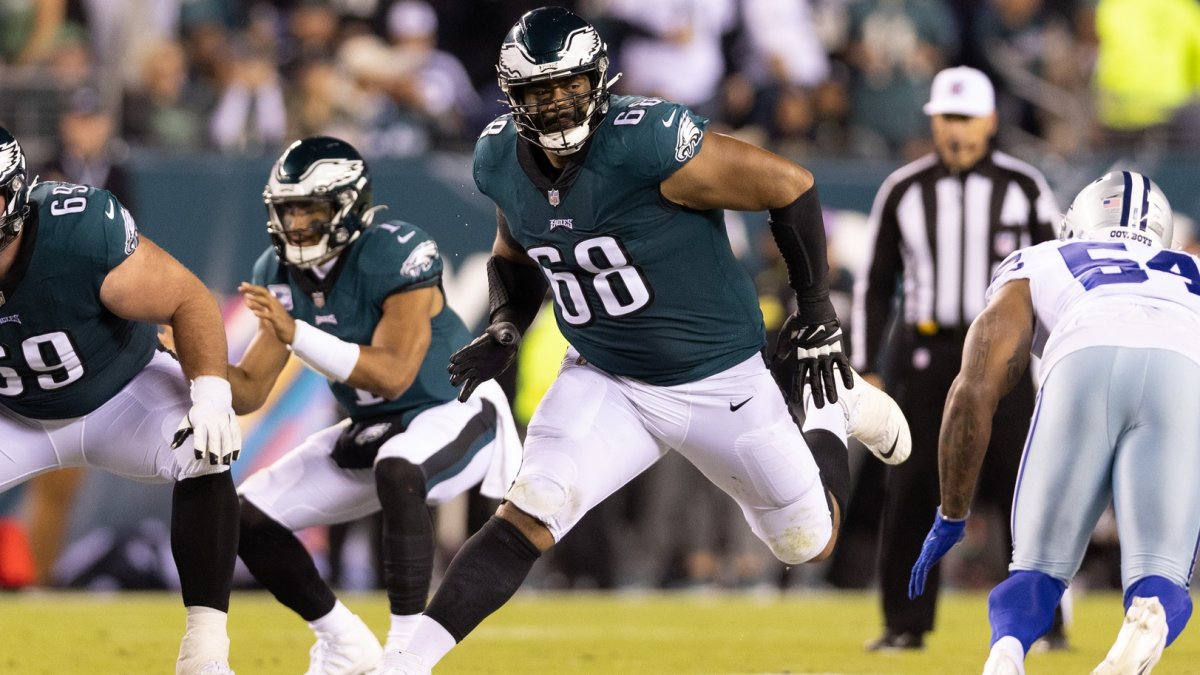• The PFF Betting staff utilizes and cites myriad advanced metrics in the handicapping process. But what does each metric really mean? Let's take a closer look.
• Expected Points Added (EPA) is a measure of success which defines the value of each play by the effect it has on the offense's likelihood to score.
• Another common play-by-play efficiency metric, Success Rate contextualizes the success of each play based on down and distance, and can be attributed to both offense and defense.
Last updated: Nov. 1, 9:30 a.m.
Estimated reading time: 4 mins
In the latest iteration of our Betting 101 series, PFF contributor Tommy Jurgens dives into myriad metrics that PFF Bet routinely relies on in the handicapping process:
Game Script
When a favorable game script is mentioned as a reason to bet on a game, we are forecasting both how a game will unfold, and how players will be utilized in this scenario. For example, if we project a team to build a substantial lead, we might forecast this team to be more inclined to run the ball. Likewise, if we anticipate teams leaning into their run game, it might be prudent to bet on that game's Under. Our betting analysts will usually factor in game script when endorsing player props and game totals.
Expected Points Added (EPA)
Expected Points Added (EPA) is a measure of success which defines the value of each play by the effect it has on the offense's likelihood to score. For every play, EPA is attributed equally to both teams, and the metric is fairly reliable in identifying the best teams in football. It is common practice to discuss EPA on a per-play basis (EPA / Play), so that the stat is normalized for any disparity in total plays run.
Foundationally, EPA is the difference in Expected Points before and after each play. Expected points is an estimate of how many points a team will score on a drive, given the current situation (Down, Distance, Time Remaining, etc.). Intuitively, as a team gets closer to its opposing end zone, the higher the expected points of the drive.
Additionally, EPA can be aggregated and attributed to individual players. Such ratings are much more reliable in assessing a player’s contribution to the offense than many basic statistics, such as yards-per-attempt, completion percentage, etc.
As sports betting analysts, we often cite EPA / Play because its measure of efficiency is often more reflective of relative skill than other metrics. We will often use EPA as reasoning to bet on over- or under-achieving players, or on teams whose EPA / Play deviates from their record.
Win Probability Added (WPA)
Similarly, Win Probability Added (WPA) is a measure of how much more likely a team is to win a game before and after each play. WPA varies as does the situation, and can be assessed to each team, and individual players.
Success Rate (SR)
A team’s Success Rate is another common play-by-play efficiency metric, indicative of both a team’s ability, and a coaching staff’s competence. The success of each play is contextualized based on down and distance, and can be attributed to both offense and defense. Further, identical plays might not be graded in a similar fashion. For instance, a five-yard carry on 1st-and-10 would be deemed a success, whereas a five-yard carry on 3rd-and-10 would be a failure.
The context matters, and success rate aims to track how often each offense remains on track. When a team’s success rate significantly deviates from its results, regression should be expected — and such regression should provide opportunity for sports bettors.
Plays Over Expectation
Traditional box-score statistics fail in accurately assessing individual performance. Player efficiency measures, including Rushing Yards Over Expected (RYOE) and Completion Percentage Over Expected (CPOE) aim to contextualize the box score and glean more information regarding a player’s skill level.
Consider two equally-blocked run plays. In most instances, the better individual player will rush for more yards on the carry. However, such parity of circumstance is not the reality of football. RYOE contextualizes a rusher's stat line to better assess his ability to maximize an opportunity.
Similarly, completion percentage generally fails as a measure of QB performance. The stat awards players who complete passes to wide-open receivers, and punishes those taking shots down the field. In attempting to solve this issue by adjusting for factors such as pass depth and receiver separation, CPOE is effective in grading players relative to their ensemble.
The aforementioned metrics are often useful in identifying edges in the player props market. For example, if a player has positive RYOE despite a modest rushing-yardage total, it might incline us to back his rushing yardage Over versus a favorable opponent.
FiveThirtyEight’s ELO Rating
ELO is essentially a fluid power rating, useful for assessing relative skill between opponents. The rating differential between two teams has proven to be relatively accurate in predicting the outcome of football games, among other zero-sum contests. Additionally, each NFL quarterback has his own ELO rating, very reflective of his rank among peers.
Here's an in-depth look at FiveThirtyEight’s ELO rating system.
Football Outsiders’ DVOA
DVOA, or Defense-adjusted Value Over Expected, is a scaled metric of each team’s performance relative to the opposition. Essentially, DVOA is a finely-tuned power rating, which grades teams on a scale relative to league-average play. DVOA considers data for the entirety of the season and is more effective than traditional rating systems because of its knowledge of how teams perform in different scenarios.
Like prior ratings, DVOA can be assigned to each team and its respective units. Here's additional information regarding DVOA, and other Football Outsiders ratings.



 © 2025 PFF - all rights reserved.
© 2025 PFF - all rights reserved.